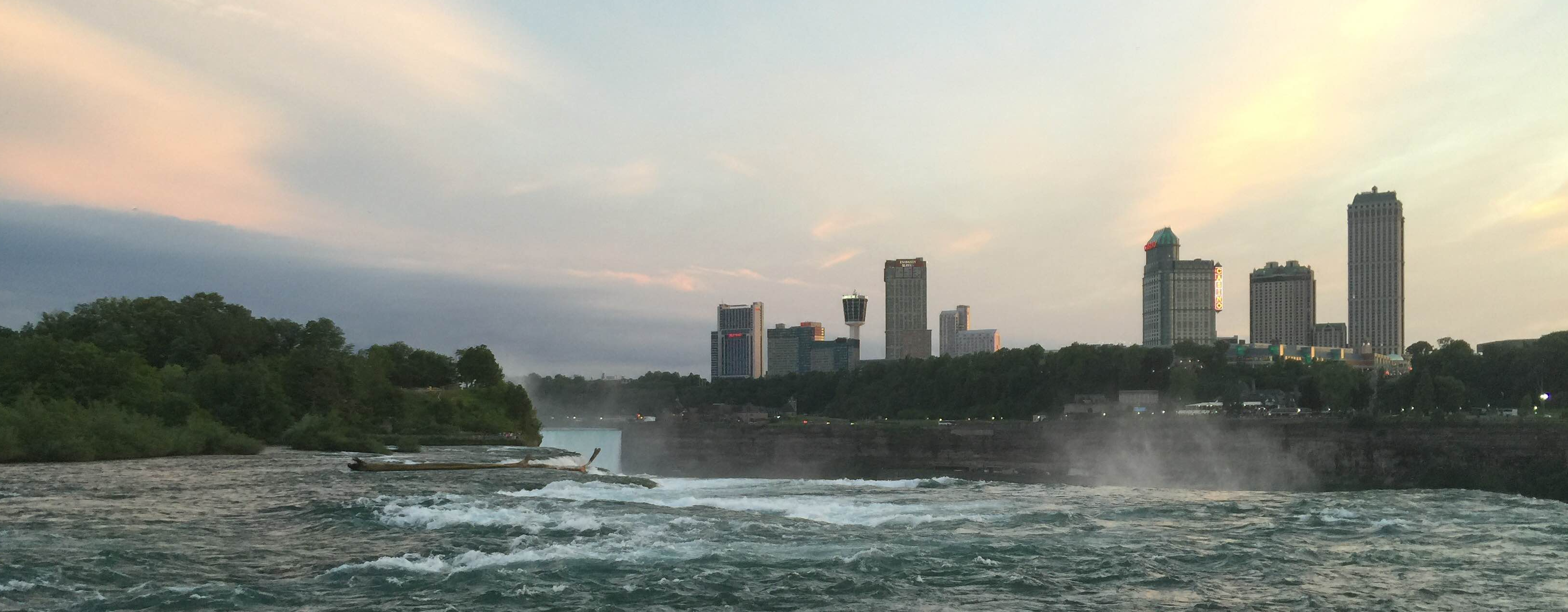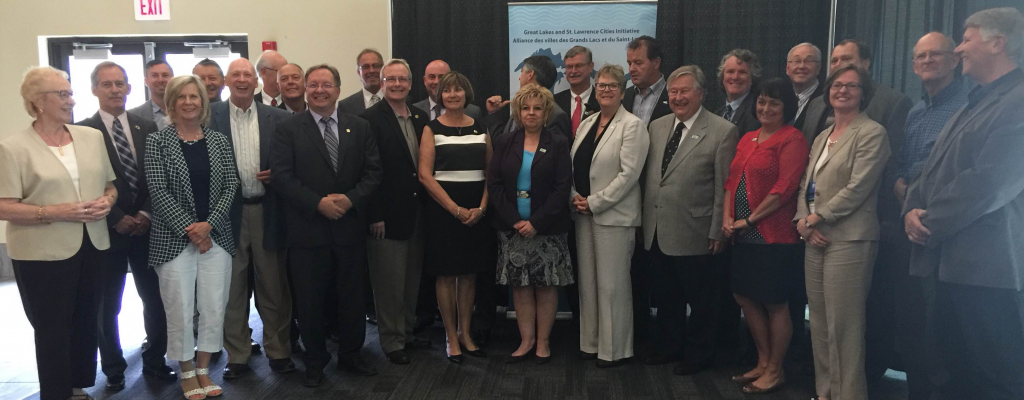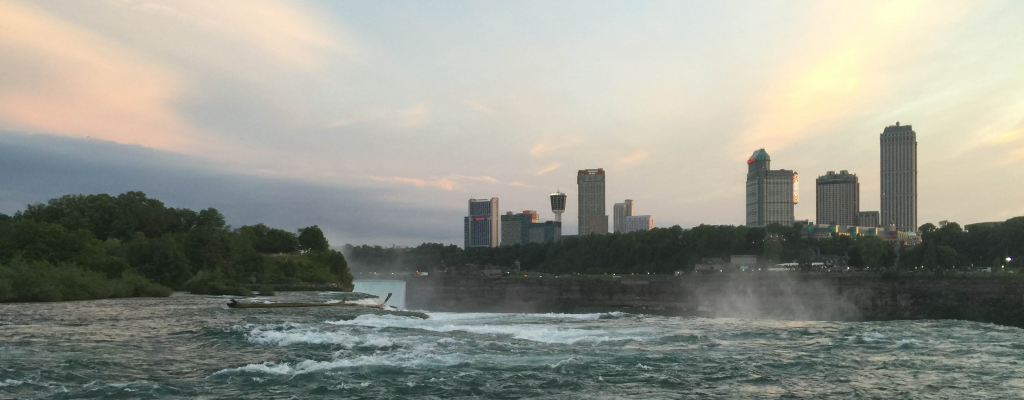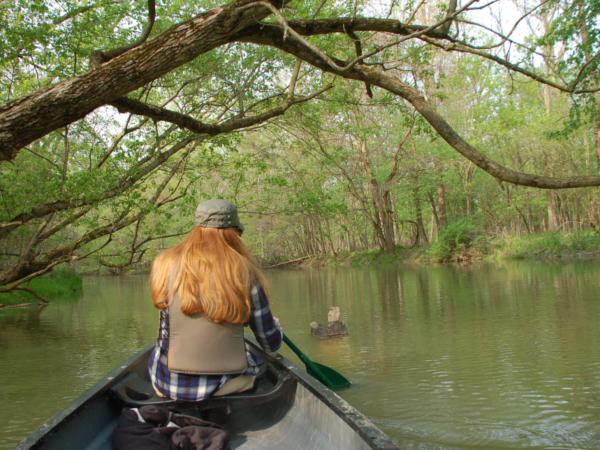
It’s a beautiful day in Niagara Falls, NY as we come to the close of the 2016 Great Lakes and St. Lawrence Cities Initiative Annual Meeting.
At a time when politics are divisive, and decisions at the top of state and federal government often feel out of step with the immediate needs of people on the ground, there are mayors and elected officials throughout the Great Lakes Basin in both the U.S and Canada who are rolling up their sleeves and, fortified by the work of non-profit organizations and research institutions, getting remarkable things done through collaboration.
At the conference, Sean McCarthy of NASA’s Sciences and Exploration Directorate presented his research on phragmites growth in the Great Lakes/St. Lawrence basin, using NASA Earth Observations imaging to not only identify where phragmites are prevalent, but predict where they are going to be a problem next.
One of the images that McCarthy shared detailed the Mississauga, Ontario watershed. The density of phragmites growth – both current and predicted- is striking. Mississauga Counselor Jim Tovey was deeply alarmed by the image that following the presentation he sent emails to staff and colleagues saying “whatever we’re doing, we have to do more.”
During an on-camera interview both McCarthy and Tovey outlined the ways in which their work was interdependent and even successful due to their partnership. McCarthy explained that his project relies on open-source data amalgamated by researchers and citizens, while Tovey said that in Mississauga there is an unusually engaged citizenry who tracks and reports environmental issues, as well as many institutional research projects that monitor the water in the region.
The severity of the phragmites’ prediction was due to objective scientific data and satellite imagery, but it’s also enhanced by the amount of data available to McCartney and his team thanks to citizen engagement. The severity of the situation made it clear to Tovey that the problem in his area is far worse than he thought, and his concern has already translated into action. This is but one small example of hundreds of “aha” moments that happened this week for participants of the GLSCI Conference. We’ll be sharing this conversation and others with mayors from throughout the basin next week via Greatlakesnow.org, and our social media channels. In the meantime, farewell Niagara, and see you next year GLSCI at the meeting in Montreal.
Read more about the NASA project.
Read more about Jim Tovey’s projects in the Mississauga area.
Miss the conference? Watch the meeting’s sessions and keynotes now on demand.

Mayors in attendance from throughout the Great Lakes and St. Lawrence River basin pose for a snapshot.





